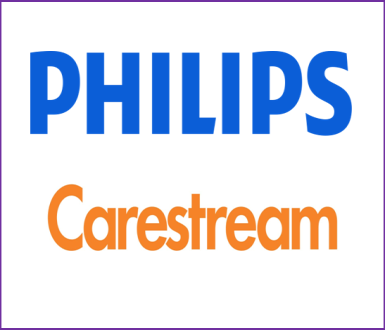Technology trends at ECR 2023: What can you expect in Vienna?


21st February 2023 – Contributing writers: Matthew Watson (CT trends), Steve Holloway (MRI trends), Sanjay Parekh (AI trends), By Bhvita Jani (X-ray trends) & Mustafa Hassan (Ultrasound trends) – Featured on auntminnieeurope.com
Central themes at ECR 2023 look set to be efficiency gains and workforce challenges, particularly radiologist burnout, skills shortages, and sustainability.
Price factors will also be dominant, as most vendors are shifting their focus to return on investment and the need to make systems more cost-effective. Increased vendor/personnel involvement from Asia Pacific is also anticipated at ECR 2023.
In this article, we assess the state of play in Europe ahead of the congress and provide a summary of what to expect in a range of modalities.


